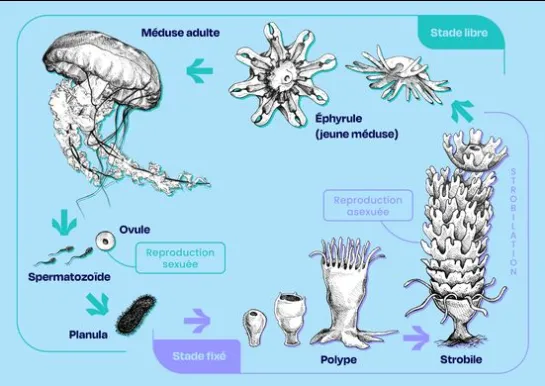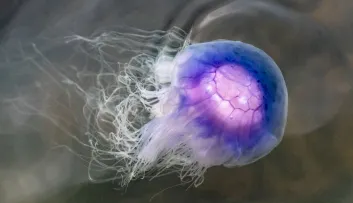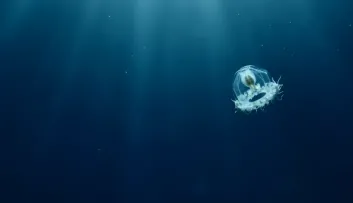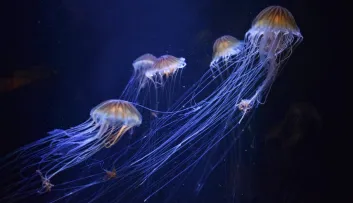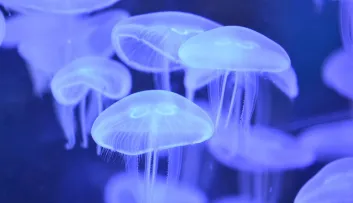Biodiversity 1mn
Jellyfish
How do jellyfish reproduce?
The jellyfish, an ancient marine animal, has a particular way of reproducing.
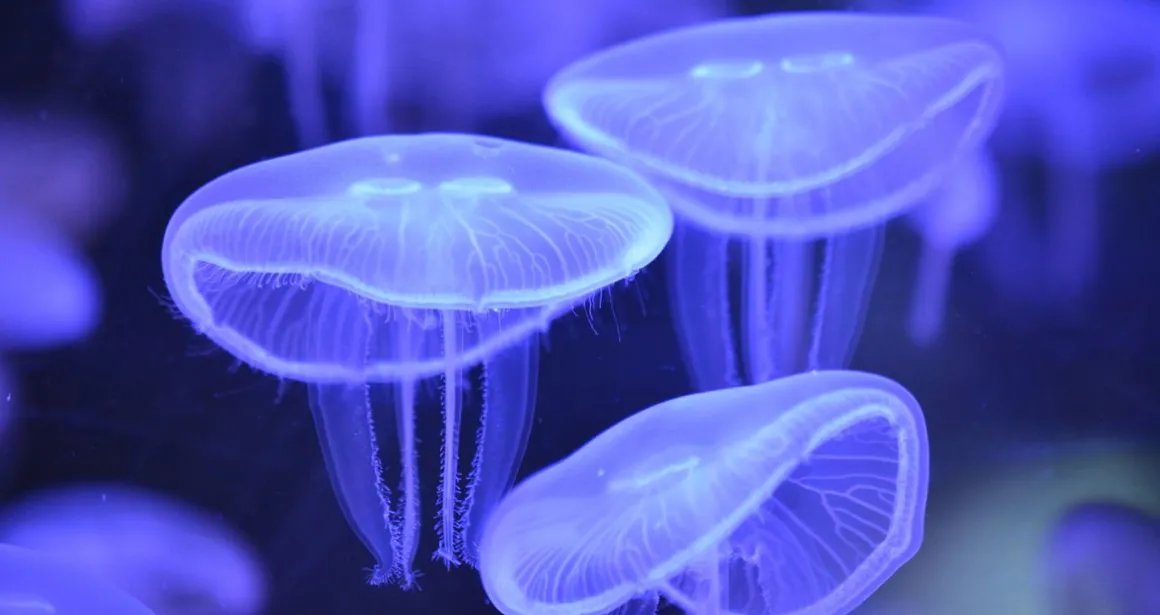
The reproductive cycle
Jellyfish, which have been on Earth for 600 million years, have a particular mode of reproduction, which in some species can combine a sexual and an asexual phase.
In a few species, male and female jellyfish release their sex cells into the open water, where they meet at random. Fertilisation occurs and an egg is formed, which then transforms into a jellyfish. This is also known as the free phase.
In other jellyfish species, the egg releases a small larva, called planula that is carried away by the currents before settling on the seabed: this is known as the fixed stage. This larva becomes a polyp and develops by multiplying polyps.
In some species, the polyp segments into small medusae, called ephyrules, which break off and move out into the open water. This type of reproduction is called strobilation. The baby jellyfish reproduce when they reach sexual maturity.
